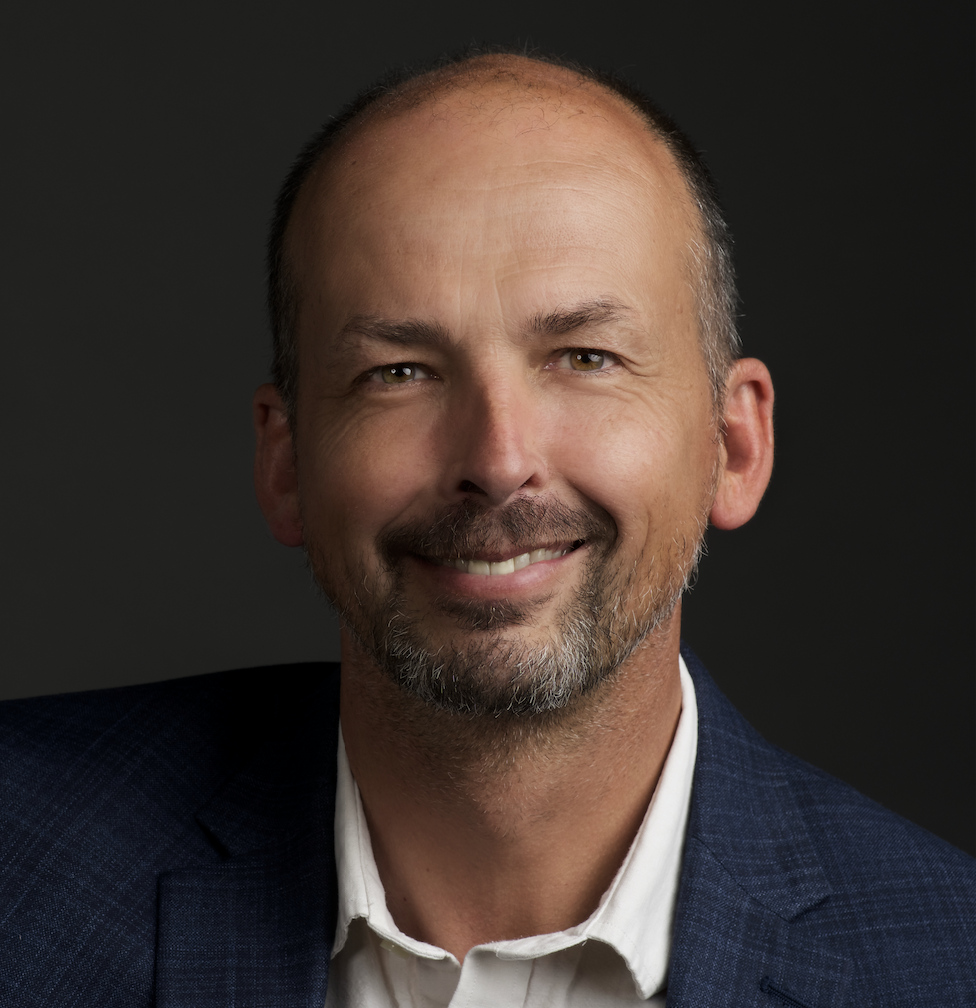More stories like this. And less stories like that.
When I was a kid, my Grandpa on my father’s side always began his stories with, “On a dark and stormy night, once upon a time there were three robbers….” It was cue for my sister, me, and my aunt who was almost our same age to huddle in, giggle with excitement, and get ready to be a bit scared. Grandpa would then proceed to make stuff up that would, in fact scare us, mostly for fun, and I suppose to do a bit of covert parenting through the morals of the stories.
Stories are fun, aren’t they.
Creating story, or narrative, is also some of the most fundamental leadership work that I get to do. With teams and organizations. Sometimes it is visioning — what is the story of who we want to be around here? Sometimes it is problem solving — what is some of the story of what is happening here? Sometimes it is discovery — what is the story we are telling ourselves that is shaping this work? Sometimes it is consciousness building — what other stories might we choose to move our work forward, and do you get that it is a story?
Story often connotes something we make up. It isn’t really real, right. It’s a departure from what is really happening, the stuff that we must certainly return our full and undivided attention too. It’s true, yes. Sometimes. Except when it is not.
The good news of the tenuous nature of story is that we do get to make it up. We have choice. One of the most powerful questions I’ve ever encountered was when I was doing research on metaphors. “What is the most fruitful make-believe?” It wasn’t asked as a marketing question. It was asked as a fundamental believe and invocation about who we are together and what we are up to.
The relevance of this for me lays in a self-organizing systems framework that I learned with Meg Wheatley in the early 90s, and have since practiced. The gist of it is this.
- Organizations are living systems.
- Living systems have the capacity to self-organize.
- Self-organization occurs around an identity (a narrative).
- Identity is a choice (and arrived at through engagement and participatory practices).
- Choice of identity, when supported by well-tended relationships and an attitude of openly exchanging information, avails us to self-organization. We get order for free, so to speak.
So, there is a good body of work, and a good body of theory in this kind of work.
One of the ways this is brought down to some simple application is by asking questions and inviting dialogue around stories. I heard it most recently from Bhav Patel, a friend on the Art of Hosting list serve. What kind of stories do we want more of? What kind do we want less of? It’s a great way to wade through the complexity that exists in most organizations and to reset the compass to find our way together.
More stories like this. Less stories like that.

“More stories like this, less like that” is a Dave Snowden-ism originally and talks about the outcome from strategic actions in a complex system.
I like your distillation of Meg’s framework. I would add to that that living systems also operate within boundaries. There are some places that you should not try to get a cod to live in, for example. So yes, Cod are attracted to ocean floors and to consuming bottom dwelling creatures, and so they gather around the attractor of ocean floor ecosystem. And yes, cod alos do not live in forests or in lakes or in bathtubs. There are boundaries to these systems as well, and they are as important as the attractors. Together the create the container for self-organization.
I feel this is important, because without boundaries we get sucked in to the tyranny of inclusion, where we think everybody must have equal access to everything in the system. It’s just not true. Some people are closer to the centre, some are further out, some are outside the system. Managing boundaries is as essential to self-organizing as managing identities is.
That’s good Chris. In the world I learned with Meg, this is about semi-permeable membranes — stuff comes in an out to give it vitality and the natural process of evolution. Also, that self-organization happens around an identity. That identity can be “life, the universe, and everything,” but generally is not. It is typically more specific, and I would say, gives shape to the scale of inclusion. Note that it isn’t about inclusion or not. It is about relevant inclusion that addresses some of that tyranny of inclusion, a phrase that I still love and heard first from you.
Cod though. When did you ever get an analogy to cod in a blog post. Seriously 🙂